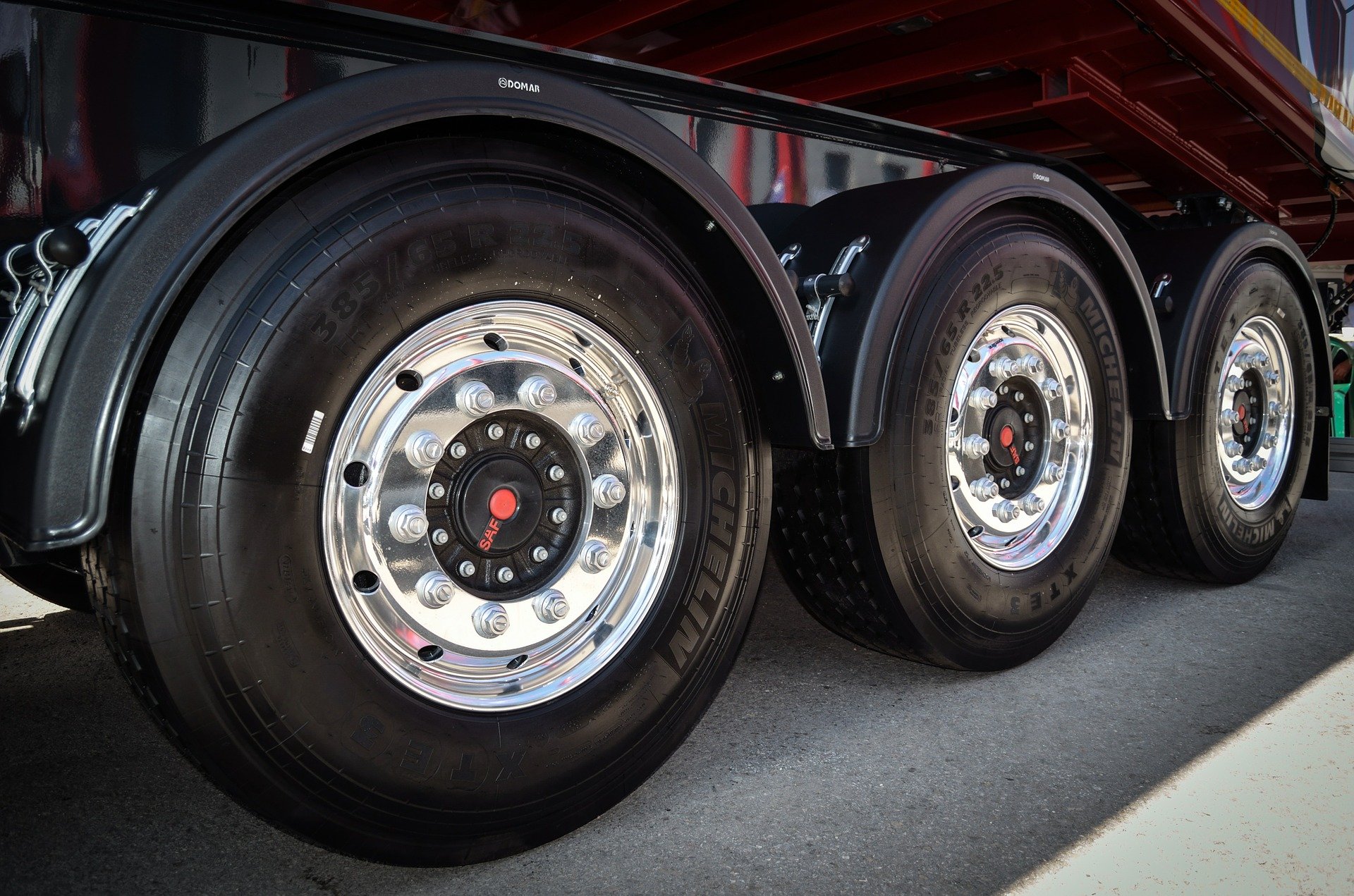Free White Paper: Managing Tire Expenses

Tire expense is the third greatest expense of most fleets after fuel and payroll.
 In five years as their national director, Ron Turley saved UPS nearly $100 million in fleet vehicle costs in the 1970s. A major contributing factor to his savings was managing tire expenses. For the next three decades, he shared his insights with fleet managers around the world.
In five years as their national director, Ron Turley saved UPS nearly $100 million in fleet vehicle costs in the 1970s. A major contributing factor to his savings was managing tire expenses. For the next three decades, he shared his insights with fleet managers around the world.
Ron’s insights and best practices are simple ways to track and improve tire expenses. For instance, he calculated the following:
- Running a tire 10% overloaded can rob the user 16% of its tire life. The $200 tire will now deliver only $168 worth of service.
- For every ½” out of alignment, the tire must be dragged sideways 28 feet for every mile driven.
- Generally, airing every 2-4 weeks is sufficient to keep tires maintained if the tires are tubeless, and if low tires that are found are removed.
These are invaluable tips from one of the first authoritative voices in the fleet industry. And they are now available to fleet managers and mechanics worldwide in a free, 20-page PDF that addresses common concerns such as:
- How to devise a control system for proper tire maintenance
- Purchasing the most cost-effective tire brands
- The connection between fuel and tires regarding operation expenses
What's included in this white paper:
Tires 101
Carrying Capacity
Flat Tires
Recappability
Pricing
Air Pressures
Axle Alignment
Wheel Systems
Fuel
Tire Matching
Radial Versus Bias
Radial Wear Patterns
Tire Selection
Radial Wear Patterns (B.F. Goodrich Test)
Wet Traction
Recapping
Download the full 20-page white paper here, and visit Fleet University for more free resources to make fleets more productive, regardless of what fleet management system you use.
About Fleet University
Fleet University is the home of free, valuable resources to make fleet management more productive. These materials are based on the best practices that Ron Turley developed while saving UPS nearly $100 million during five years as their national director of maintenance in the 1970s. Adjusted for inflation, that figure would be over $300 million today.
Ron had one of the first authoritative voices in the fleet management industry, and his influence continues today. Following UPS, he consulted with over 170 organizations in the U.S., Canada, the Caribbean, Far East, Europe and South America. His best practices became the foundation of RTA fleet management software over 35 years ago. Fleet University continues in the same spirit of improving productivity through attention to details and data, regardless of what software a fleet manager uses.
To discover more free resources, including additional white papers, visit RTAfleet.com/fleetuniversity.
